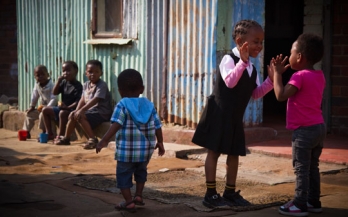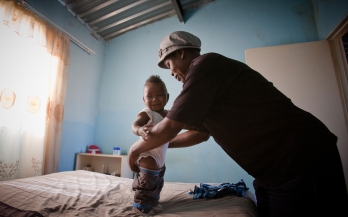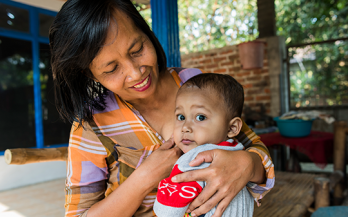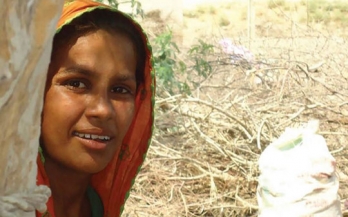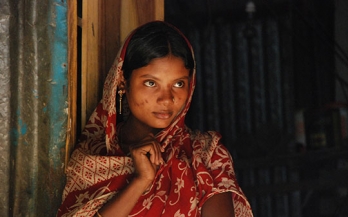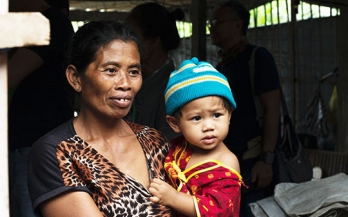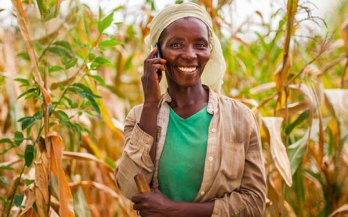This paper forms the third part of a series of three papers exploring the enabling environment, business models, and behaviour change components of GAIN’s Maternal, Infant and Young Child Nutrition portfolio. This paper identifies needs and explore ways to improve access to good quality complementary foods in the context of the promotion of optimal infant and young child feeding and care practices.
This paper examines lessons learned on how to drive consumer awareness, and to ensure uptake and compliant use of product solutions in the context of the Maternal, Infant and Young Child Nutrition programmes.
This paper examines lessons on business models for improved access of product-based options to improve complementary feeding, through market-based or public service delivery.
This report provides a snapshot of current interventions and activities that addresses the nutrition challenges faced by adolescent girls in Asia. It attempts to highlight some traditional approaches and more innovative ways to reach adolescent girls.
This report presents findings from a formative research and design case study carried out to explore infant and young child feeding behaviour in the region, and to understand its underlying motivations.
Adolescents embody the future – figuratively and, in the case of mothers, literally. If their nutrition status is poor, then nutrition throughout the lifecycle will be fragile. This report aims to address this issue in three ways.
This document highlights the national and regional trends in adolescent nutritional status, dietary intake, early marriage, school enrolment and an outline of the subpopulations that are most vulnerable in Bangladesh. The aim of the research was to better guide interventions and monitor progress on Bangladeshi adolescents.
This report presents a landscape of nutritional status of pregnant women and adolescent girls in East Java, Indonesia. It provides information on the demography and nutritional status, underlying factors of undernutrition, activity patterns, and existing nutritious products among adolescent and pregnant women in East Java province.
This summary report presents key findings and trends from nutrition landscape analyses undertaken across fourteen countries as part of the GSM Association Mobile for Development Nutrition Initiative funded by UK Department for International Development.
